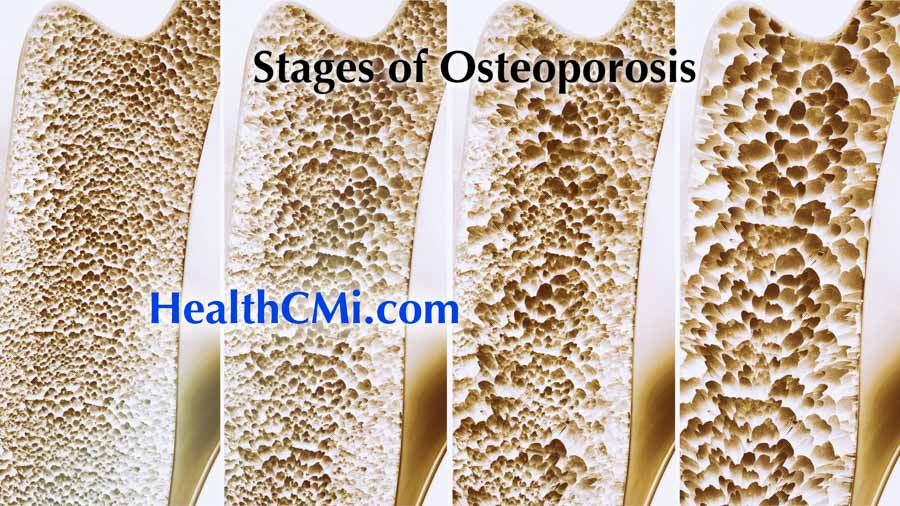
 i_need_contribute
i_need_contribute

Researchers from Shanghai No. 4 Hospital Affiliated with Tongji University conducted a clinical trial involving 60 patients, examining the effectiveness of calcium supplementation alone versus its combination with warm needling therapy. The trial results indicates that incorporating warm needle acupuncture significantly enhances patients' effectiveness and quality of life. [1]
Efficacy rates were assessed using a 4-level scale:
The observational parameters included pain levels measured by the Visual Analog Scale (VAS) and bone density of the lumbar spine (L2–L4). TCM scores were used to evaluate back pain, lower limb pain, soreness, weakness, poor appetite, and abdominal distention. FSH, LH, E2, IGF-1, TNF-α, and IL-6 levels were recorded and compared before and after treatment.
The results reveal that the total efficacy rate of the calcium supplement control group was 73.33%, significantly lower than that of the warm needle acupuncture integrated group at 96.67%. The VAS score averaged 1.70 ±0.42 in the integrated group, lower than that of the control group (2.81 ±0.5). Lower VAS scores represent greater improvements.
Bone density was higher in the combined therapy group at -1.3 ±0.05 compared with -2.1 ±0.07 in the calcium monotherapy control group. TCM symptom scores improved more significantly in the warm needle acupuncture group, while FSH, LH, and E2 levels were also better than in the control group. Levels of TNF-α and IL-6 were lower in the integrated group than in the control group, indicating less inflammation for patients receiving acupuncture. Levels of IGF-1 showed greater improvements in the integrated group.
Sixty cases of postmenopausal osteoporosis were recruited for the study. All patients were at least one-year postmenopause and were randomized into a routine supplement control group and an integrated treatment group, with 30 patients in each group. In the control group, patients' ages ranged from 46 to 75 years, with a mean age of 60.54 ±1.52 years. The course of the condition ranged from 1 to 4.9 years, with an average course of 3.11 ±0.64 years. The average BMI was 22.4 ±1.8.
In the warm needle acupuncture group, patients' ages ranged from 47 to 73 years, with a mean age of 60.32 ±1.63 years. The course of the condition ranged from 1.5 to 5 years, with an average course of 2.89 ±0.87 years. The average BMI was 22.9 ±1.3. Based on a Visual Analog Scale (VAS) used in the study, patients' scores were within the range of 4–8.
MRIs confirmed postmenopausal osteoporosis prior to acceptance into the study. Individuals with tumors in the cervical spine or severe damage to the spinal cord due to open injuries were excluded. Patients who had taken traditional Chinese medicinal herbs for osteoporosis in the month preceding treatment were also excluded from the experiment.
Both groups received treatment lasting for eight weeks. The control group was administered Caltrate 600+D3, once daily. This supplement is a combination of calcium and vitamin D3. No acupuncture was administered to the control group.
Those in the integrated group received identical supplementation and were instructed to take a prone position for acupuncture treatments. Needles (0.40 × 75mm) were sterilized and applied perpendicularly at bilateral BL23 (Shenshu). The insertion length was up to a maximum of 1.5 centimeters. After manipulating the needles to achieve deqi, two moxa pieces (2 cm) were connected to the end of the needles and the retention time was 40 minutes. The warm needle acupuncture treatment was conducted on alternate days. The results indicate that calcium plus vitamin D3 improves outcomes; however, acupuncture significantly improves the results.
Reference:
1. Zhang Jingting, Bo Huajun, Chen Kecun, Clinical Observation on Curative Effects of Warm Acupuncture on Shenshu Points for postmenopausal osteoporosis, Journal of Xinjiang Medical University, Vol 46, No 7, July 2023.